Lecco (Italy). Born from a “reality task” assigned to classes 4 and 5 of the High School of Humanities (socio-economic option) of Mary Help of Christians Institute of Lecco (IMA), Lombardy, Holy Family Province (ILO), the exhibition entitled “The good in hell. Stories of love in the concentration camps during the Holocaust.”
“Is it possible that even in the Nazi concentration camps. emblem of absolute evil, there were women and men who fell in love or continued their ‘love stories’ behind barbed wire, inside inhospitable shacks, with frost and hunger as inexorable companions?” This is the provocation entrusted to the students by their Teachers, Michelle Crippa of Italian and Gerolamo Fazzini of History, with the encouragement of the Principal, Sister Marilisa Miotti in view of the annual appointment for the Day of Memory. It was an opportunity to try to enter “the folds of history”, letting themselves be challenged by the past to make themselves ask questions about today.
History has revealed to them that, despite the desolation and horror of those places of death, brave men and women did not stop loving, falling in love, even when one was a Nazi and the other a Jew; even though they know they were taking terrible risks. Stories ended well when the protagonists could return to enjoy freedom and full love, and stories ended badly, with the killing of the protagonists and the brutal interruption of their dreams. But all were united by that irreducible desire for love and hope that all people carry within themselves, a desire that no chain can imprison.
Prof. Fazzini explains that, “This work is part of a specific didactic proposal, which aims to bring history closer, not as a mere succession of events, mostly tragic (wars, revolutions, etc.), but to show how, for better or for worse, the protagonist of events, small and large, even before States or structures, is always the human being: those who put their freedom at stake and are constantly called to choose between good and evil. At IMA, we aim to form young people who tomorrow may be change-makers. For this reason, educating on the issues of conscience and freedom is decisive. There is no change in society and in the world that does not start from the human heart.
Since the Humanities School is the ‘high school of contemporaneity’, we stimulated the students to look in the present for traces of the memory of the stories narrated. The events presented in the exhibition are contained in books, many of which have recently been published, or reconstructed in docu-films and, even in a TV series of imminent release. Therefore, realizing the exhibition was meant for the students to measure themselves with the surrounding reality and with today, learning to make a synthesis between study and everyday life.”
The exhibition consists of ten panels showing the stories of six couples and references to the films and books from which they were drawn, with the respective QR-code for deeper insights. There are also the reflections of the students, which make the work even more engaging and close to the feelings of young people.
“Enthusiasm, emotion, and courage are the three elements that gave the necessary impetus to the students to design and implement the exhibition. The students were able to seize this opportunity brilliantly, putting into play their ability to research information, to act in the construction of the various exhibition panels, and to rework what was discovered,” emphasizes Prof. Crippa.
“The challenge that we Teachers proposed and that we continue to propose to our students is precisely to touch and face true and proper ‘reality tasks’, so that they can make friction with the past, with the present, with the future. In a few words, a task of reality to make friction with life. And the result obtained was a real masterpiece.”
The inauguration took place on 26 January 2024, with a video link of the three-year students of the three Secondary Schools of the Second Year of IMA with the journalist Francesca Paci of the ‘Stampa’. Set up at Mary Help of Christians Institute, it remains open to the public during school hours until February 7.
To view the exhibition clicK here
Source: IMA Lecco




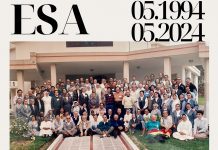

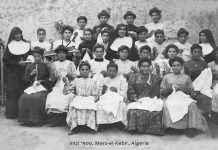



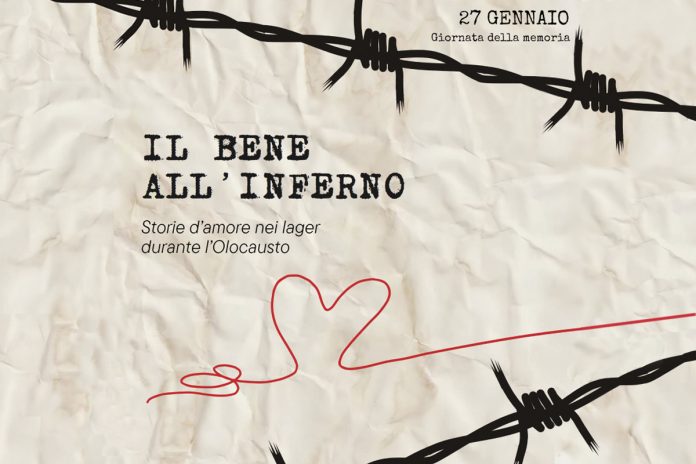
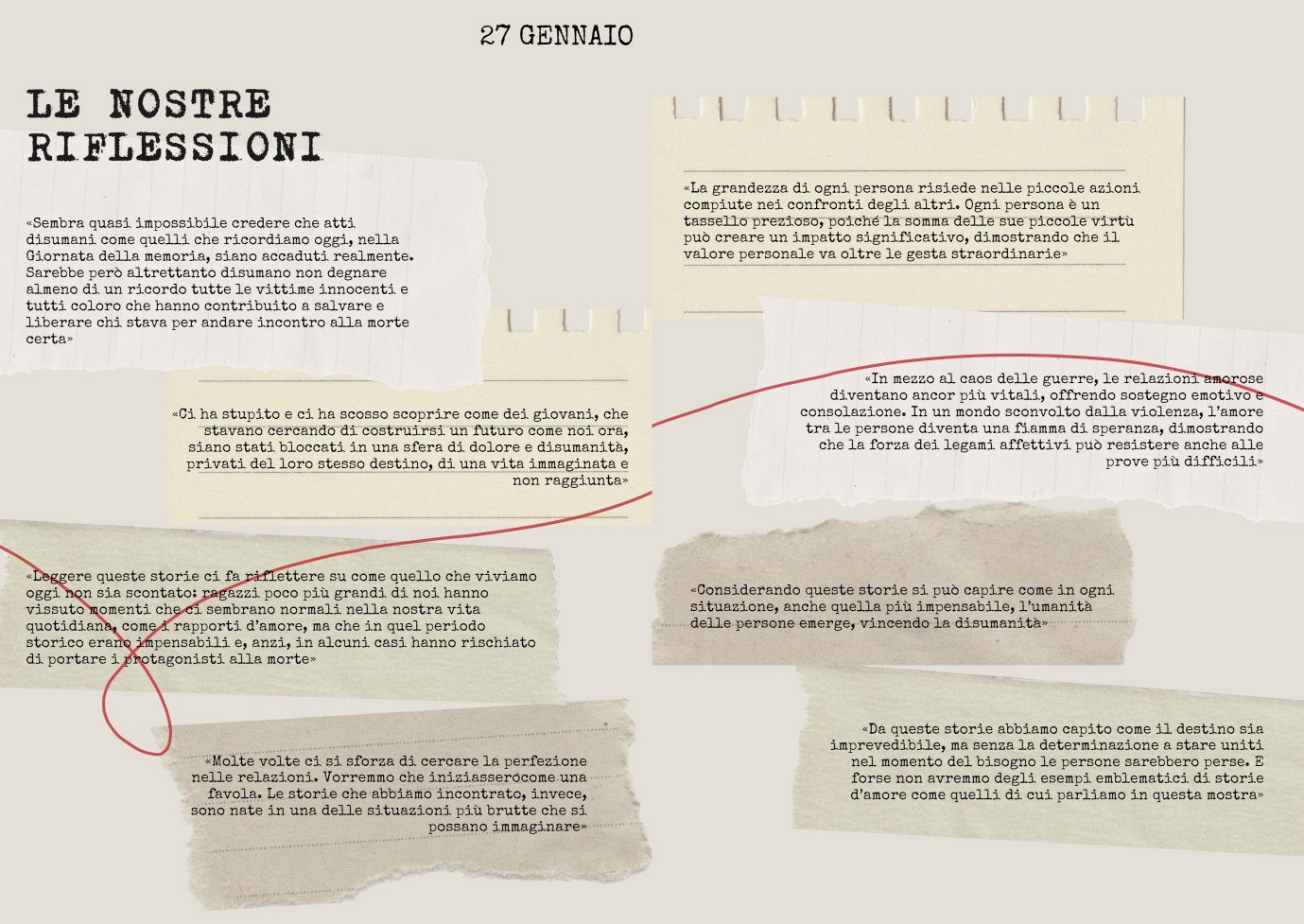





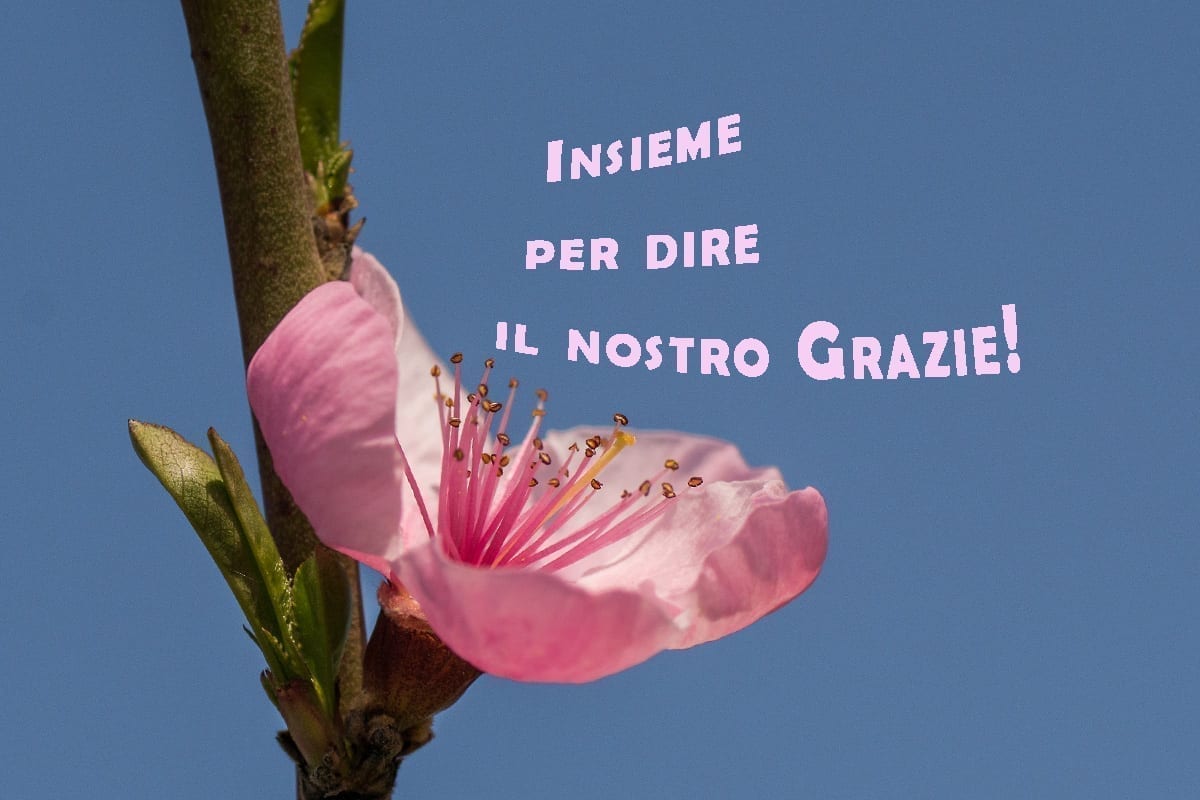





OSCAR a questa Scuola!